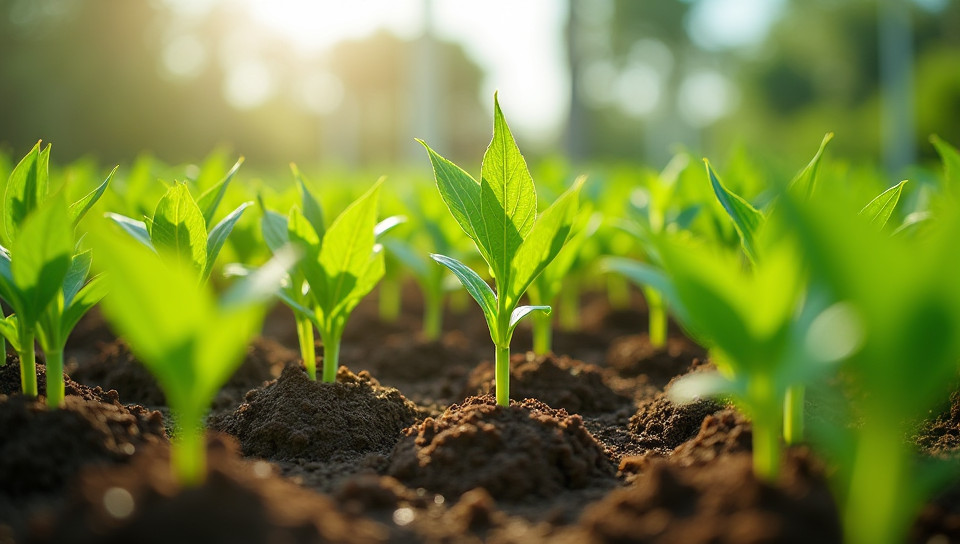Soilless cultivation increases the risk of micronutrient deficiencies 83%

The Dark Side of Soilless Cultivation: Understanding Micronutrient Deficiencies
As we continue to push the boundaries of sustainable and efficient agricultural practices, soilless cultivation has become an increasingly popular method for growing crops. But beneath its surface lies a concerning issue that threatens the nutritional quality of our food: micronutrient deficiencies.
What are Micronutrients?
Micronutrients are essential vitamins and minerals that play a crucial role in maintaining good health. They include vital compounds like iron, zinc, copper, and manganese, among others. These micronutrients are obtained from plants through the soil, where they are absorbed by roots and become available for human consumption.
How Does Soilless Cultivation Contribute to Micronutrient Deficiencies?
Soilless cultivation involves growing crops without using soil as a growth medium. Instead, hydroponics or aeroponics systems are used to provide plants with the necessary nutrients in a controlled environment. While this method offers numerous benefits, such as increased crop yields and reduced water consumption, it also raises concerns about micronutrient deficiencies.
- Lack of biodiversity: Soilless cultivation often relies on a limited number of crops, which can lead to a lack of diversity in the types of micronutrients available.
- Nutrient imbalance: Hydroponic systems can easily become imbalanced, leading to an overabundance or deficiency of certain micronutrients.
- Limited microbial activity: Soilless cultivation eliminates the need for microorganisms that break down organic matter and release micronutrients into the soil.
- Over-reliance on synthetic fertilizers: Many hydroponic systems rely heavily on synthetic fertilizers, which can contain low levels of essential micronutrients.
The Consequences of Micronutrient Deficiencies
Micronutrient deficiencies can have severe consequences for human health. Iron deficiency, for example, is a leading cause of anemia worldwide. Zinc deficiency has been linked to impaired immune function and increased susceptibility to diseases like pneumonia. Copper deficiency can lead to neurological disorders and connective tissue problems.
Conclusion
Soilless cultivation offers numerous benefits, but it also presents unique challenges when it comes to micronutrient deficiencies. As we continue to rely on this method for food production, it is essential that we address these concerns through innovative solutions like:
- Developing more diverse crop varieties
- Implementing advanced hydroponic systems that mimic soil's nutrient-balancing properties
- Promoting sustainable agricultural practices that prioritize biodiversity and microbial activity
By taking a proactive approach to micronutrient deficiencies in soilless cultivation, we can ensure that our food remains nutritious and healthy for generations to come.
- Created by: Kiara Singh
- Created at: Feb. 1, 2025, 2 p.m.
- ID: 19848





